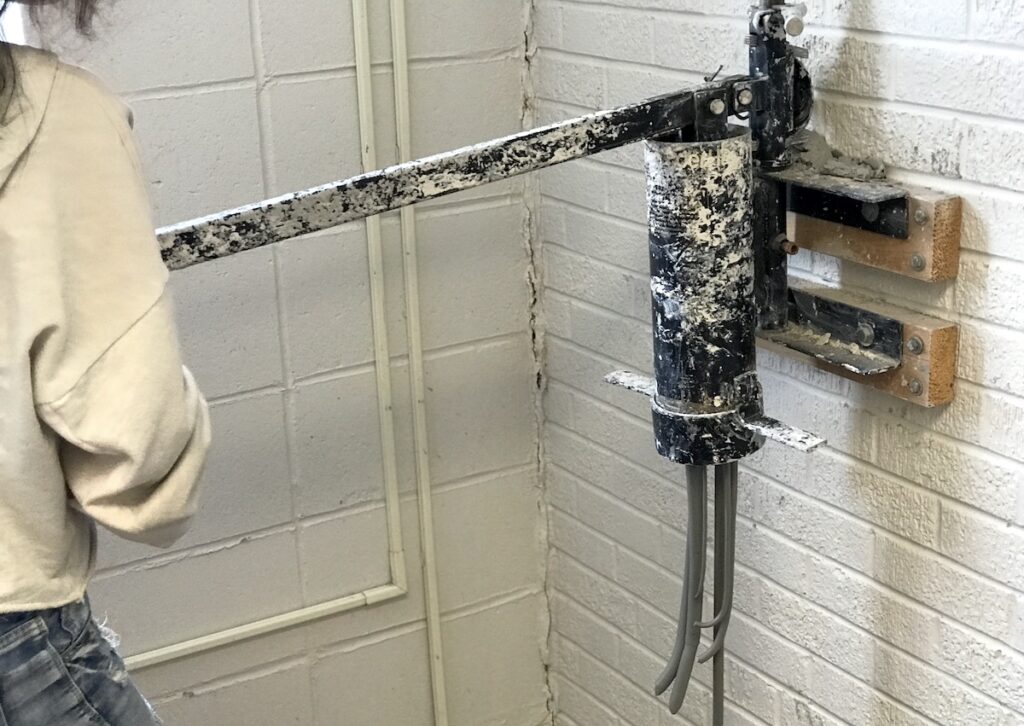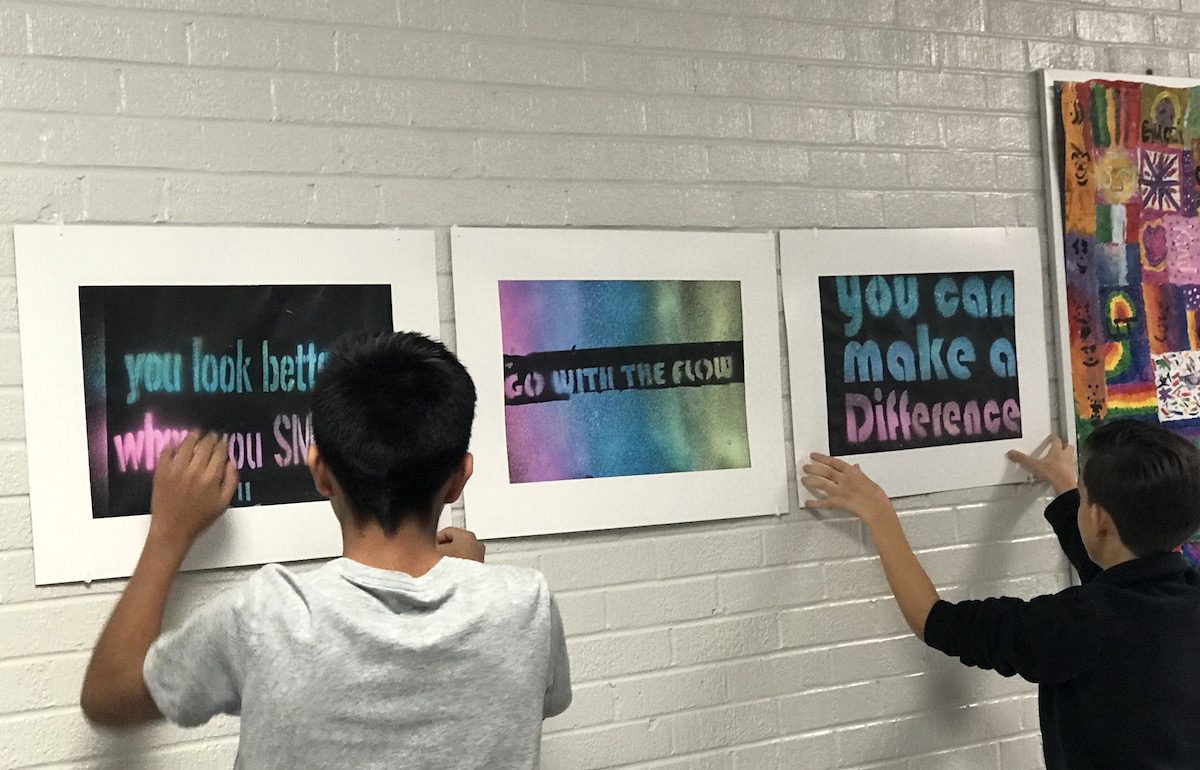How many times have you gone in early to school or stayed late to prepare materials for class? Whether it’s cutting sixty small blocks of clay or getting paint trays ready, we’ve all been there. It can feel like you’re spending more time prepping than teaching.
My experience teaching in a variety of settings (elementary school, art on a cart, and middle school) helped me discover I was doing too much of the work – work my students should have been doing. So, I stopped spending hours getting materials ready for them and here’s why.
5 Reasons Your Students Should Help Prepare the Art Room
1. It increases ownership.
Have you ever prepared beautiful paint trays for each table in your classroom only to find them ruined and left a mess? Even with a brief review of procedures, students don’t realize the amount of time you spent organizing materials. They won’t understand this until they do it themselves. By requiring students to prep and manage supplies, they will be more inclined to take better care of the art room.

Instead of spending hours preparing art materials yourself, find ways to include your students. You can do this by setting up a calendar for students to follow. Since I see my students every day, I find it best to assign students by days of the week. For example, each Monday a particular student is in charge of sweeping the floor or filling the paint trays. Isolate the tasks you spend the most time doing and allow your students to help. Their increased ownership will be reflected in their care of the art room.
2. It allows for more student choice.
Preparing everything for your students can limit the amount of choice in a lesson. For example, if you hand students a pre-cut piece of paper, you’ve already made one decision about their project for them. Try to include opportunities where students might be able to make these kinds of choices on their own.

Instead of pre-cutting a stack of drawing paper, consider allowing students to cut paper in a variety of dimensions. As students plan for projects, the dimensions of the paper can play a crucial role in the design. With this approach, students can own their decision-making. Of course, the feasibility of this idea will depend on the grade level you teach and the maturity of your students.
3. It lets students dive deeper.
Art teachers often debate whether the process or product is more important in the art room. Most would agree we need both to truly benefit student learning. Part of the process includes prepping the materials. If the teacher needs to do most of the prep work, could this mean the project isn’t appropriate for the age level?

The creation of an artwork is just one element of a successful piece. Sometimes learning about the materials from start to finish can create deeper learning experiences. For example, if you aren’t letting your students help you reclaim clay, do they fully understand why you are saving clay or putting it in a separate bin? They won’t understand the entire process unless you let them help! When students can dive into the entire process of using a material or learning a new technique, they will gain a greater understanding of their practice.
4. It increases student accountability.
Picture this, you place a new, unopened bag of clay on a table, and at the end of the day find that a student has poked a clay utensil into the entire clay block. If this—or something similar—has happened to you, you know the frustration is real. Increasing student accountability can help students use materials respectfully and responsibly.

For example, instead of having the above scenario play out every day, give each table a specific amount of clay. In my classroom, I typically have two or three students per table. Each table gets about twelve pounds of clay at the beginning of a clay unit. Students are responsible for cutting off clay, as well as keeping it covered and hydrated. If students fail to do this, I do not replenish their clay supply. These immediate consequences help encourage students to be responsible in the art room.
5. It gives you more time.

Once you stop doing so much for your students, you’ll realize you have more time throughout your day. You might even find yourself feeling a little lazy at first, but rest assured, you are not. You’ll quickly find you have more opportunities to engage with your students. Your plan time will no longer be spent just prepping materials, but you’ll start accomplishing other tasks. One simple way you can start this right away is by letting your students display and hang up artwork.
If you’ve found yourself doing all the work to get materials ready for your students, consider the five advantages above. It might take some slight adjustments on your part, but soon you’ll find a blossoming space for students to create.
What do you think? Should students be responsible for preparing the art room?
What prepping tasks do you assign your students?
Magazine articles and podcasts are opinions of professional education contributors and do not necessarily represent the position of the Art of Education University (AOEU) or its academic offerings. Contributors use terms in the way they are most often talked about in the scope of their educational experiences.





